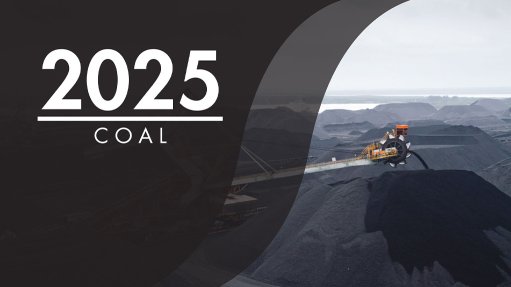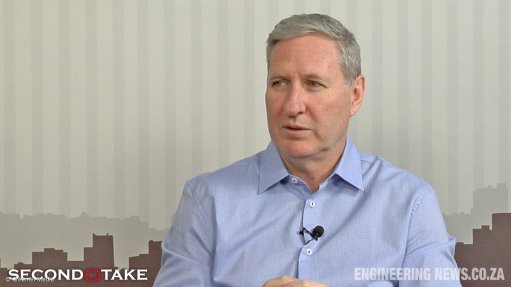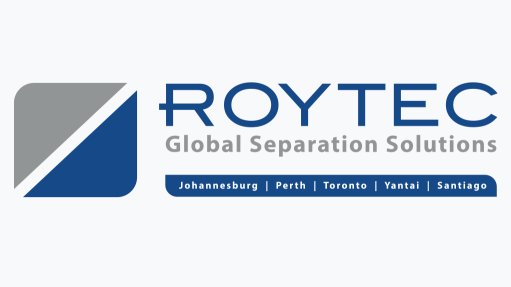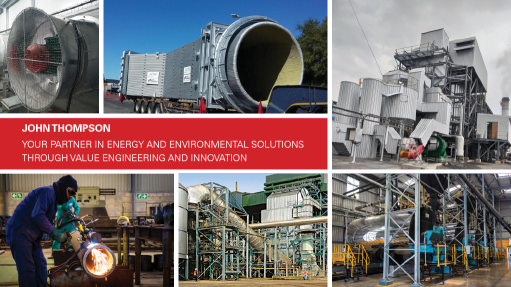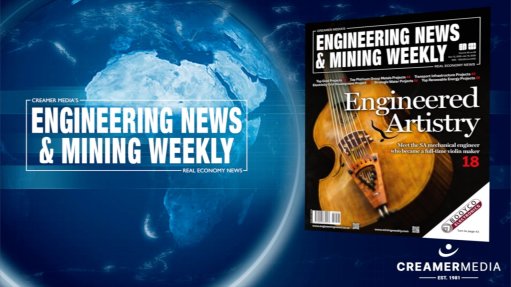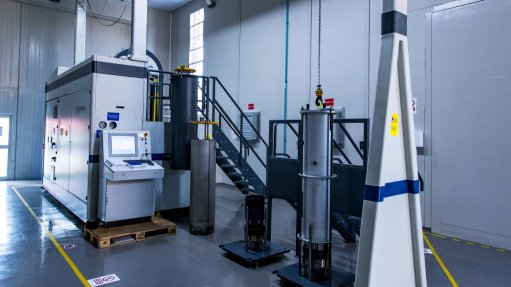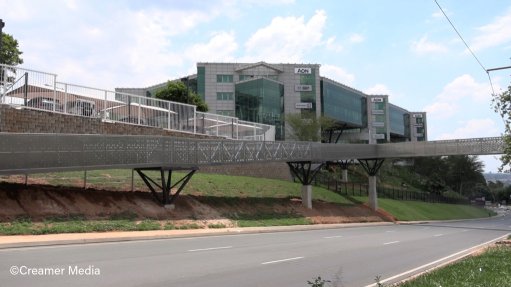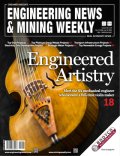Digital twins in manufacturing – design, optimise and expand
This article has been supplied.
By Johan Potgieter, Cluster Industrial Software Lead at Schneider Electric
Digital twin technology can help create better products, fast. It can transform the work of product development too. A strong statement from McKinsey that reinforces how far digital twins have come in manufacturing.
In fact, global market for digital twin technologies is forecast to grow at about 60 percent annually over the next five years, reaching $73.5 billion by 2027, states McKinsey.
Today, digital twins serve as the bridge between the physical and digital worlds. The benefits are tremendous; by creating a digital counterpart of a physical asset, manufacturers can simulate different scenarios, predict outcomes, and optimise processes without the need for physical trials. A win-win scenario and particularly beneficial in areas such as:
Predictive maintenance - digital twins can predict equipment failures before it occurs, allowing for timely maintenance and reducing downtime.
Process optimisation- by simulating various production scenarios, manufacturers can identify the most efficient processes, leading to cost savings and improved productivity.
Quality control- digital twins enable real-time monitoring and quality assurance, ensuring that products meet the required standards throughout the production cycle.
Supply chain management- by integrating digital twins into supply chain operations, companies can enhance visibility, improve logistics, and respond swiftly to disruptions.
Digital twins in the design phase
Apart from the abovementioned operational benefits, digital twins are proving to be invaluable in the design phase. Granted, while live data won’t be available, information such as process requirements and constraints can help with tasks such as energy monitoring, mass balance calculations and projected throughput.
In turn, this data-centric approach can reduce the install costs of projects and improve the control, visibility, and trust in the EPC (engineering, procurement and construction) process.
The adoption of a data-centric approach also improves visibility and control from capital project phase to plant start-up. EPCs can spend less time on design rework and delivery is more likely to be on schedule and on budget.
Digital twins in the optimisation phase
As digital twins’ model real-time operations, users can manage the gap between the status and objectives. With access to real-time, historical, and modelled data, users gain a deep understanding of operating conditions. Furthermore, future behaviour can be predicted, preventing unplanned downtime and production losses.
AI can also give insight into improvement opportunities such as minimising waste, reducing energy consumption, and improving production efficiency, enabling manufacturers to confidently meet their sustainability KPIs.
Digital twins in the expansion phase
Digital twins offer important insight into facility planning and design. For example, by simulating the layout and functionality of new facilities, it allows manufacturing companies to refine designs and workflows, mitigating the risk of costly errors, before construction begins.
Also, as manufacturers grow, integrating new processes and equipment into existing system can be quite challenging. Here, digital twins provide detailed insights into how expansions will fit within the current infrastructure. This ensures that growth happens seamlessly, avoiding disruptions to ongoing operations.
Efficient resource management is another advantage of digital twins. With access to real-time data on resource usage and availability, companies can make informed decisions about how to allocate resources effectively during expansions.
Finally, digital twins play a pivotal role in risk mitigation. By simulating various expansion scenarios, digital twins help identify potential risks and bottlenecks before it becomes an issue.
Manufacturers can use this information to address challenges proactively, reducing the likelihood of unexpected problems during the expansion process.
At Schneider Electric our EcoStruxure Machine Expert Twin is a scalable digital twin software solution designed to manage the entire machine lifecycle. This software allows original equipment manufacturers (OEMs) to create digital models of real machines, enabling virtual design and commissioning before physical construction.
Furthermore, AVEVA, owned by Schneider Electric, offers comprehensive digital twin solutions that integrate data from engineering and operations to create a unified digital representation of industrial assets. The AVEVA CONNECT platform combines AI applications and visualisation tools to provide a holistic view of the asset lifecycle.
Article Enquiry
Email Article
Save Article
Feedback
To advertise email advertising@creamermedia.co.za or click here
Comments
Press Office
Announcements
What's On
Subscribe to improve your user experience...
Option 1 (equivalent of R125 a month):
Receive a weekly copy of Creamer Media's Engineering News & Mining Weekly magazine
(print copy for those in South Africa and e-magazine for those outside of South Africa)
Receive daily email newsletters
Access to full search results
Access archive of magazine back copies
Access to Projects in Progress
Access to ONE Research Report of your choice in PDF format
Option 2 (equivalent of R375 a month):
All benefits from Option 1
PLUS
Access to Creamer Media's Research Channel Africa for ALL Research Reports, in PDF format, on various industrial and mining sectors
including Electricity; Water; Energy Transition; Hydrogen; Roads, Rail and Ports; Coal; Gold; Platinum; Battery Metals; etc.
Already a subscriber?
Forgotten your password?
Receive weekly copy of Creamer Media's Engineering News & Mining Weekly magazine (print copy for those in South Africa and e-magazine for those outside of South Africa)
➕
Recieve daily email newsletters
➕
Access to full search results
➕
Access archive of magazine back copies
➕
Access to Projects in Progress
➕
Access to ONE Research Report of your choice in PDF format
RESEARCH CHANNEL AFRICA
R4500 (equivalent of R375 a month)
SUBSCRIBEAll benefits from Option 1
➕
Access to Creamer Media's Research Channel Africa for ALL Research Reports on various industrial and mining sectors, in PDF format, including on:
Electricity
➕
Water
➕
Energy Transition
➕
Hydrogen
➕
Roads, Rail and Ports
➕
Coal
➕
Gold
➕
Platinum
➕
Battery Metals
➕
etc.
Receive all benefits from Option 1 or Option 2 delivered to numerous people at your company
➕
Multiple User names and Passwords for simultaneous log-ins
➕
Intranet integration access to all in your organisation







